
The Best Sub Brands Diving Beneath The Surface With Sub Brands
A sub-brand is a brand within a brand. A sub-brand uses a unique name for a product and service that can develop its own brand. Sub-brands have their own customer expectations and personalities that are different from the parent brand. Sub-brands can be a powerful tool for marketers because of these effects.

Brand Architecture Types & Best Examples (Famous Brands)
3. How will the sub-brand impact the customer journey? Strong brands make customers' lives easier by streamlining the decision making process. Marketing guru Neil Patel sums this concept up well when he states, " [People] want a brand to be loyal to. It's a mental shorthand that makes decisions easier and faster.".

What is a subbrand and how do I use one?
Sub-branding refers to a business restructuring process when the main brand (mother brand) creates one or several subordinate brands. Read this quick guide to find out how your business can benefit from sub-branding and how to effectively grow your company. Introduction to sub-branding Does your business need sub-branding?

What’s the Structure of Your Brand? 5 by 5 Design
Perspective is everything - Rory Sutherland Why Separating Your Brands - A La "Goal Dilution" - Isn't Always the Way to Go While a standalone brand that does one thing well can be a good strategy, it doesn't always effectively answer the question of how to break into an industry and gain name recognition.
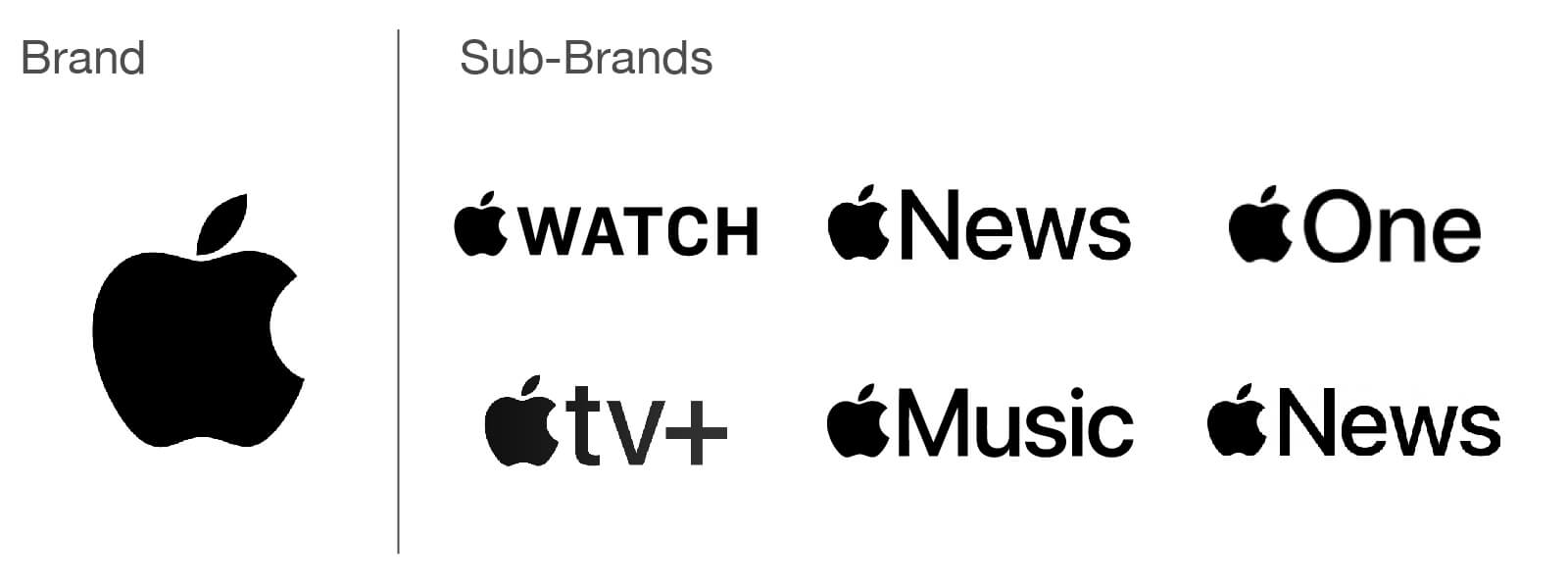
The Importance of Brand Architecture for Your Sub Brands
A sub brand is an extension or subsidiary of your main brand that has its own name, identity, and positioning. A brand extension is when you launch a new product or campaign under your main brand. Do small businesses need sub brands? Now, if you're a solopreneur or have a small business, you might be wondering if having a sub brand is worth it.

Brand Architecture Examples Of Sub Brands & Models In 2021 in 2021
Sub-branding is when a company creates a separate but related brand that possesses similar qualities to the parent brand but typically has its own logo, standards and products and services. Sub-brands also typically maintain the same color palette, messaging, imagery and marketing strategies.
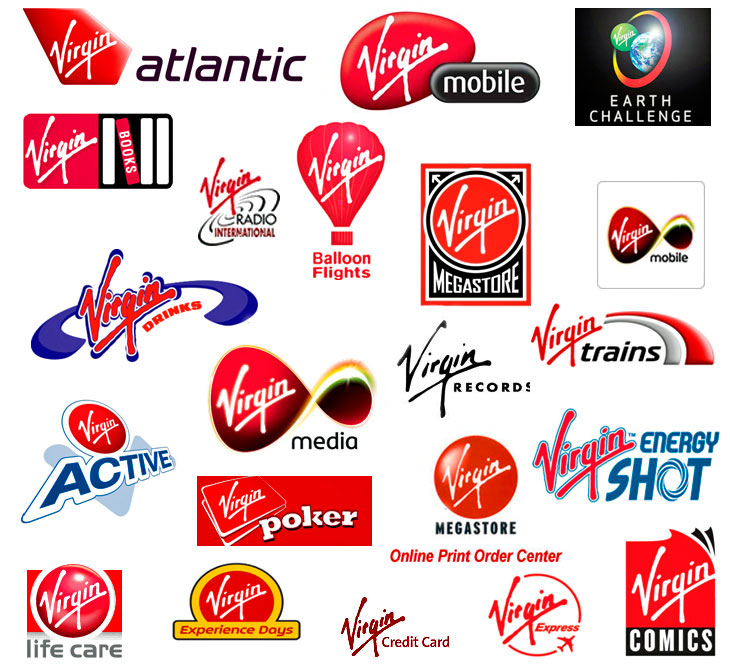
The pros and cons of subbranding and brand extension. Brogan & Partners
Sub-brands are often referred to as "spin-off" concepts. They are still related to a company's original purpose, but they embrace their own identity. Sub-brands possess unique values and personalities. When implemented correctly, they attract new audiences and revenue streams. Sub-brands are not new concepts for companies or branding agencies.
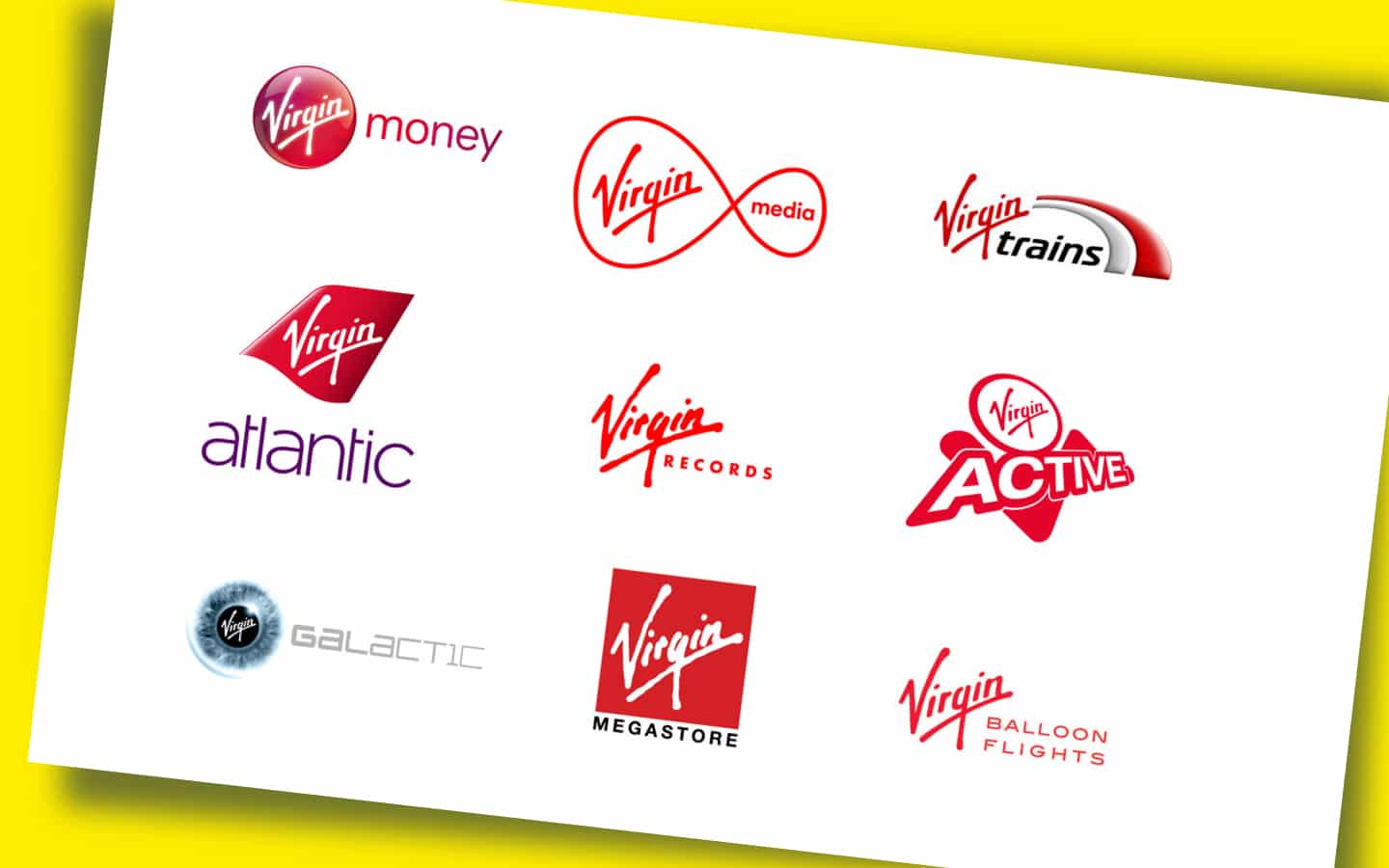
What Is Sub Branding? Breaking Down Brand ArchitectureFabrik Brands
Sub-brands The sub-brands architecture is closer to a branded house strategy, in that the masterbrand most often acts as a key driver. In some cases both the masterbrand and sub-brands are considered co-drivers, but the sub-brand is never stronger than the masterbrand.

Brand Architecture Chart four of the most popularized and widely used
A sub-brand is essentially a brand within a brand. It's a subsidiary of the main brand, but it has its own unique identity and positioning in the market. Some examples of well-known sub-brands include: Toyota's Lexus brand for luxury vehicles Nike's Jordan brand for athletic shoes and apparel Coca-Cola's Dasani brand for bottled water

What is a SubBrand and Should You Create One? Absolute JEM
Converting all your sub-brands independently versus rolling them up into a master brand. Implementing a gradual transition strategy (e.g. a hybrid brand or endorsement approach) to introduce your new brand to stakeholders over time. Spreading the impact of your rebrand out over multiple years versus implementing a fast rollout.

How does Virgin keep making all of these Successful Subbrands? Brand
Sub-branding is when a main brand creates a subsidiary or secondary brand. (For example, Diet Coke or Nacho Cheese Doritos). Sub-brands are typically created as an opportunity to reach a new audience. Sub-brands can then build and sustain relationships with the new audience. This new brand's attributes are distinct, yet related to the main brand.

https//www.google.co.uk/blank.html Brand architecture, Endorsed
Sub brands definition: What is sub branding? Do you know the difference between an Audi, a Porsche and a Volkswagen? All these organisations come from the same parent brand, complete with shared parts and engineers.

5 Tips To Create Strong SubBrands
Sub-branding is when a business creates a secondary brand within its own brand. The secondary brand usually has its own distinct voice and personality. This can help the business target a specific market or reach a new audience. While this brand is distinct, it still relates to the parent brand.

Branding strategy how to define the right brand architecture? Enigma
The Rise of Sub-Brands Sub-branding is a lesser-known, yet equally as important, subdivision of a branding strategy. In an article from Brand Marketing Blog, "If you are a brand builder, then often there is more than one brand that you are building: the brand of your business and the brands of your products."
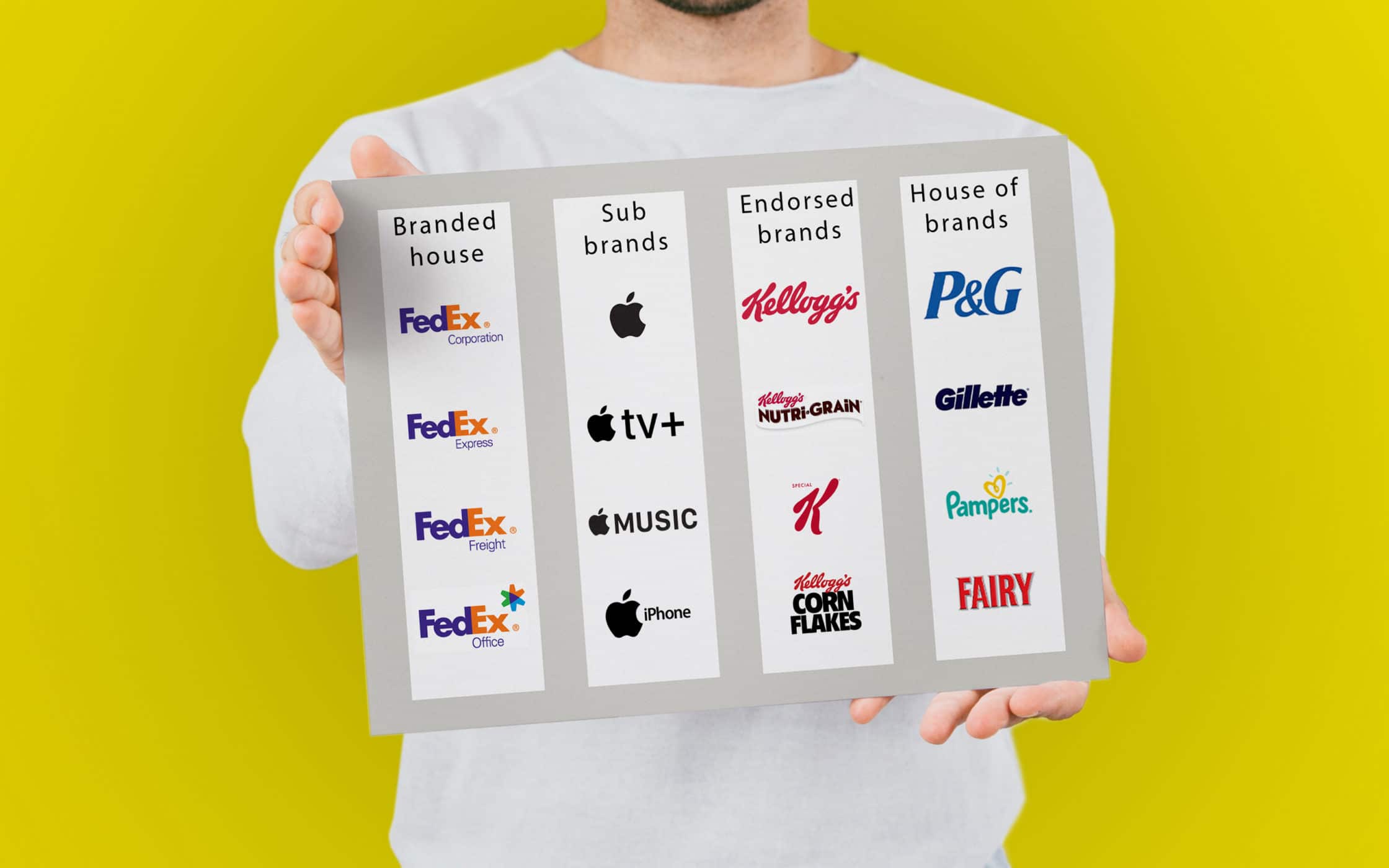
The Best Sub Brands Diving Beneath The Surface With Sub Brands
Brand architecture is a study of how brand architectures are applied in organisations. There are four types of brand architecture: contextual, individual, strategic, and relational. Contextual refers to how organisations arrange their brands concerning their actual product portfolio.
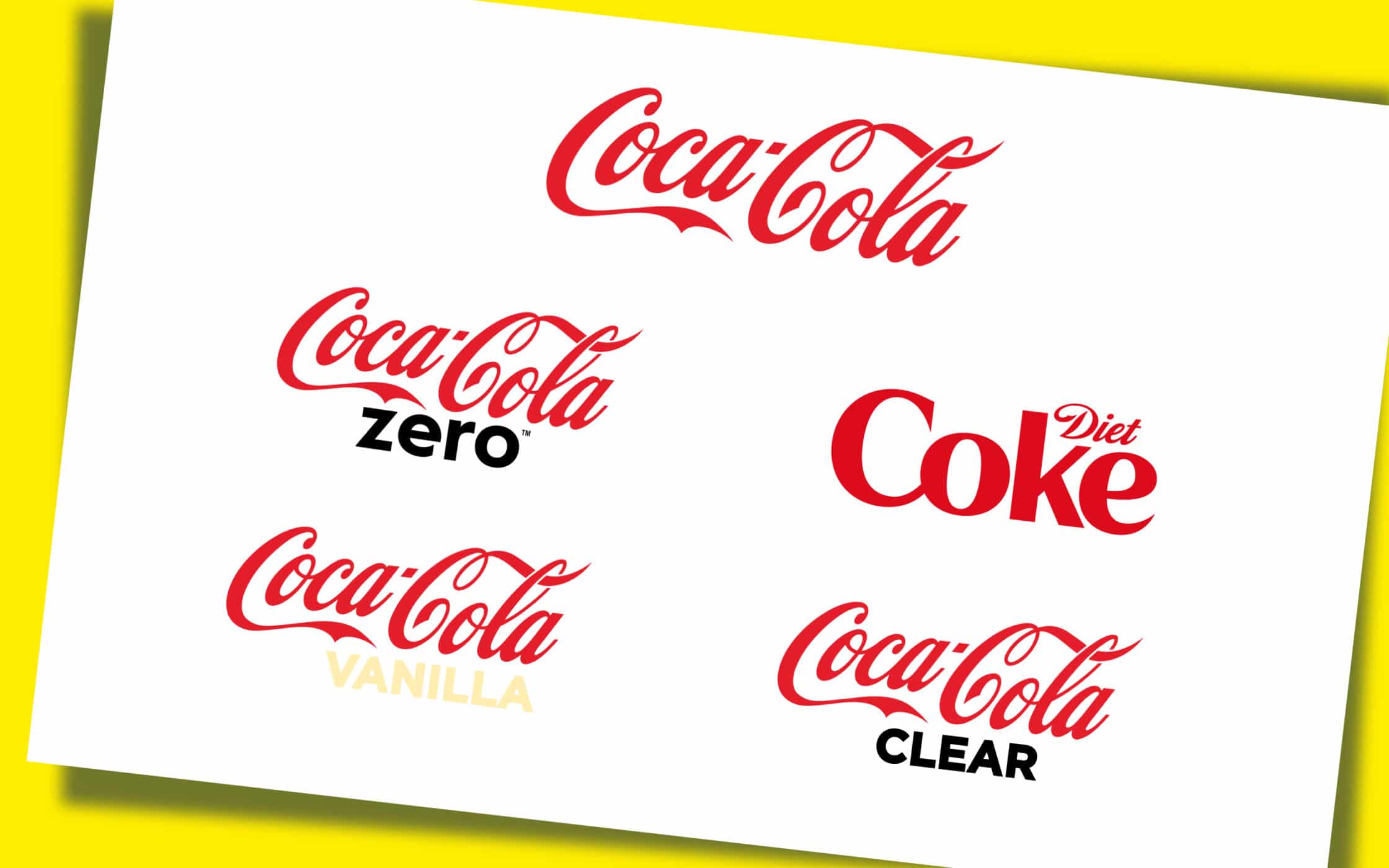
What Is Sub Branding? Breaking Down Brand Architecture
No, a sub-brand may give the illusion that it lives independently from any other brand or it may purposefully tie itself to a master brand. Whichever world in which a sub-brand lives, it is quite simply a smaller part of a greater whole. While sub-brands are pretty standard for consumer brands, they aren't as common for professional services.